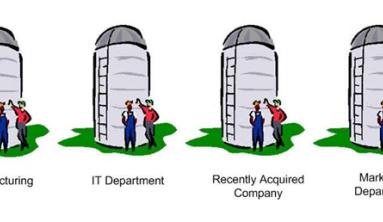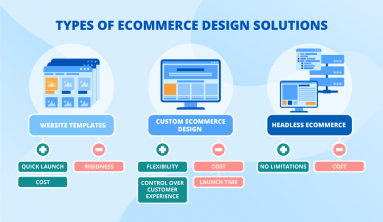We all know how overwhelming the content marketing process can be; the amount of research, information and resource required can make it seem difficult to know exactly where to begin.
And the sheer volume of content being shared online means that a bog-standard piece of content will no longer cut it – we now have to work harder than ever to ensure that our content stands out from the crowd by being as educational, informative and engaging as possible.
This post will demonstrate how using a ‘Push/Pull’ content approach can improve the effectiveness of a content marketing strategy.
But before we look at how to do this, we firstly need to consider why we’re creating content in the first place; what is your end goal?
Dealing with the why first will prevent random acts of marketing from taking place later on.
Dealing with the Why
There are many reasons as to why you may be producing a range of content.
Whilst demonstrating thought leadership and enhancing brand awareness are often significant reasons for developing a content strategy, other objectives may be to…
– Improve search results for a particular set of keywords
– Encourage downloads for an eBook campaign or whitepaper
– Provide high-end technical information on a new British standard
– Increase engagement levels on social media
– Drive high-quality traffic to a landing page
Whatever the goal may be, it needs to be clarified to begin with in order to decide which content is then required to meet the objectives.
Dealing with the What
Now brainstorm what type of content is best suited to meet your specific content requirements.
If your content objective is to demonstrate technical expertise, then short FAQ style posts or ‘how to’ guides may be ideal to incorporate into your blog area.
Similarly, eBooks or Whitepapers take more time but show a more in-depth knowledge on a particular topic, and are useful resources for architects and contractors alike.
Slideshares, infographics and video content are also great brand awareness tools to share across social media to encourage further engagement with your audience, whilst informative case studies will support your search strategy by including the relevant keywords that need optimizing.
You can use our simple table from the post ‘How to create a Successful Content Marketing Strategy’ to give you further guidance on this.
What is a Push & Pull Content Strategy?
The Push/Pull strategy is a common concept in business and marketing.
Typically, the term ‘pull’ motivates customers to actively seek out a brand i.e. the process incorporates different ways of getting the customer to come to your product.
The term ‘push’ stems from the idea that marketers are attempting to push their products at prospects when they’re ready to purchase; typically they would already know about that particular product by this point.
However it’s important to note here that our concept of a push/pull strategy is slightly different; we’ve taken the same principles but focused on content as the pull driver, and promotional activity as the push driver, with your construction products website being at the heart of the strategy.
As annotated on the diagram below (click the image to enlarge), the ‘pull technique’ is effectively the content which sits on your website, such as a video, CAD files, a case study or a campaign landing page. These are ways of getting the customer to visit your construction products website. This type of content is an important aspect of your marketing strategy within its own right, simply by being present on your construction website.

However, in order to optimise this content and make the most of the time used to create it, the ‘Push technique’ will generate further outreach by using promotional tactics to push prospects towards this content. This may be an email campaign, editorial related advertising or social media activity, which generates higher levels of traffic to your website.
By implementing both ‘Push’ and ‘Pull’ tactics into your content marketing strategy, content produced will have a stronger support system as traffic is generated from a wider range of online sources.
The diagram then shows how as the process evolves, it is continuously reviewed and refined using data measured within Google Analytics; this enables you to do more of what works and less of what isn’t.
The Key to Successful Content
Performance-driven content, as outlined above, does require a significant amount of commitment in order to achieve your content marketing goals. Elements of both the ‘push’ and ‘pull’ elements are needed in order to maximise content effectiveness and ultimately achieve or even surpass your business objectives.

The Content Marketing Process, if done well, leads to improved brand awareness, better user experience, heightened customer engagement and ultimately, good quality leads.








